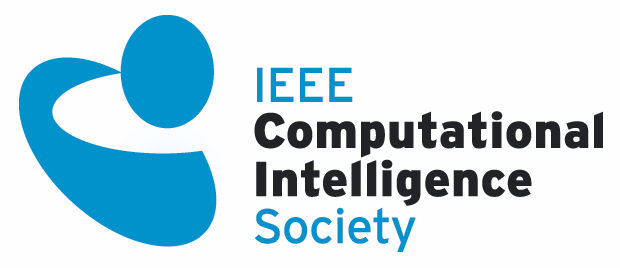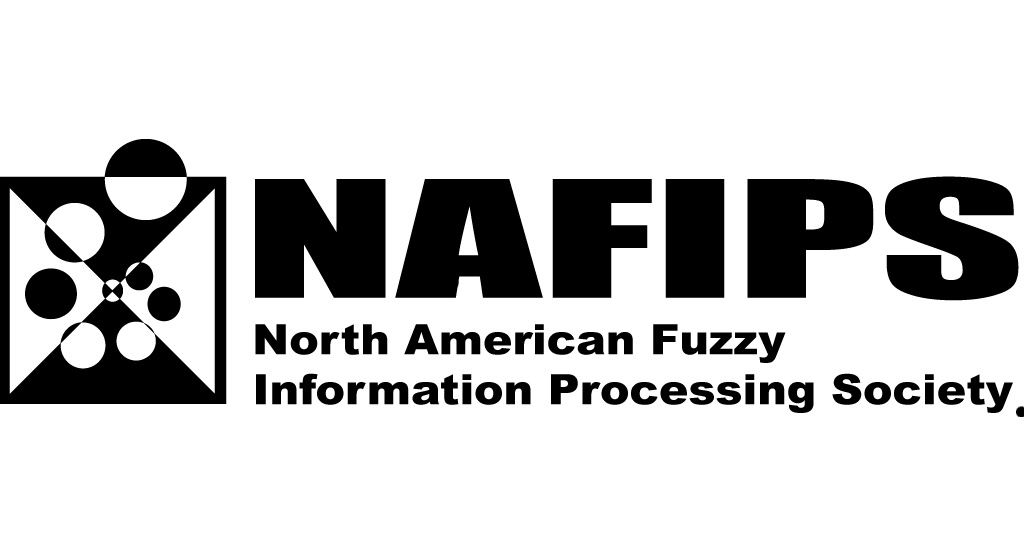Plenary Talks
Multicriteria Decision Making with Interacting Criteria
Prof. Michel Grabisch
University of Paris Panthéon-Sorbonne, Paris School of Economics, France Multicriteria decision making and evaluation is a wide area with many applications, whose aim is to evaluate or rank objects (called alternatives) taking into account several points of view or criteria defined on attributes or descriptors. The traditional framework to deal with decision under multiple criteria is Multiattribute Utility Theory (MAUT). The most basic model in MAUT is the additive utility model, where the overall utility or score of an alternative is given by the sum of marginal utility functions on the various attributes. Such additive models are popular and used in many tools and applications, however they are unable to represent interaction among criteria, a phenomenon which is very common in practice. Two criteria are interacting if the effect of one criterion on the overall score depends on the value of the other criterion, and typical interaction phenomena include positive synergy, redundancy, etc.
There are basically two models to deal with interacting criteria: the multilinear model of MAUT, and models based on fuzzy measures (capacities) and the Sugeno and Choquet integrals. These models are in fact much closer than expected: they are both extensions of pseudo-Boolean functions, and are known respectively as the multilinear extension and the Lovász extension. A careful study in the framework of utility and measurement theory show that these models are based on radically different assumptions concerning the preference relation.
In a second part, we study interaction indices, and show that the Shapley and Banzhaf interaction indices can be explained as average variation indices of the Choquet integral and the multilinear model respectively. Lastly, we introduce Sobol indices used in ANOVA, and show that the Sobol indices of the multilinear model are related to the Fourier transform.
In a last part, we introduce GAI (Generalized Additive Independence) models, initiated by Fishburn in 1967, but ignored for a long time after. Their recent rediscovery in Artificial Intelligence make them alternative and very powerful (although very difficult to use) models for the representation of interaction.
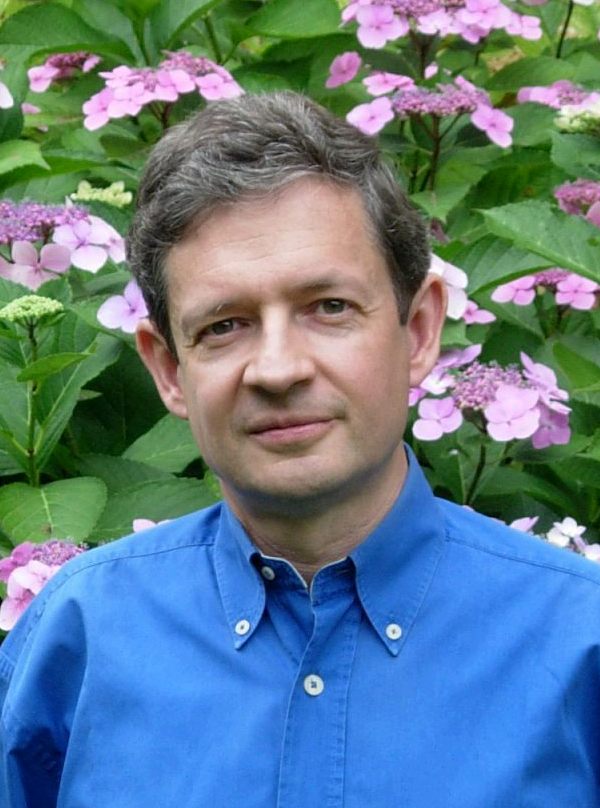
Biography
Dr. Michel Grabisch received his graduate engineer diploma in 1979 from Ecole Nationale des Ingénieurs Electriciens de Grenoble (ENSIEG) with specialization in nuclear engineering. He received the Ph.D. degree in signal processing in 1982 from ENSIEG. After a two-year post-doctoral stay at Tokyo Institute of Technology, he joined Thomson-Sintra ASM in 1984, in the Advanced Research Group, and worked on decision theory applied to sonar signals. From 1989 to 1991, he was on leave at Tokyo Institute of Technology where he conducted research on fuzzy integral, pattern recognition, fuzzy control with Prof. Sugeno. He also participated during this time to the LIFE project (Laboratory for International Fuzzy Engineering Research). From 1991 to 2000, he was at the Central Research Laboratory of Thomson-CSF in projects involving fuzzy logic and decision theory. From 2000 to 2002, he was associated professor at Université Pierre et Marie Curie, Paris. Since 2002, he is professor in computer sciences at Université Panthéon-Sorbonne, Paris. He is member of the Paris School of Economics. His current interests are game theory, decision making, network theory, and discrete mathematics.
He is co-editor-in-chief of 4OR, and associate editor of Annals of Operations Research, RAIRO.RO, TOP, Operations Research and Decisions Quarterly, Mathematical Social Sciences, Fuzzy Optimization and Decision, and was area editor in IEEE Tr. on Fuzzy Systems from 1998 to 2016. He was the organizer of the SING 7 Congress (Spain-Italy-Netherlands 7th Meeting on Game Theory) in 2011 in Paris. He has authored and co-authored about 110 papers in refereed international journals, 5 books, and more than 100 papers in refereed international conferences.
Machine Learning for Computer Vision
Prof. Seong G. Kong
Sejong University, Seoul, South KoreaComputer vision research attempts to provide computers with human-like perception capabilities so that they can sense surrounding environments, understand the contents of sensed data, and take appropriate actions. There has been increasing demand for computer vision systems to cope with “real-world” problems. Many such applications require computer vision algorithms and systems to work under partial occlusion, highly cluttered background, low contrast, and varying illumination conditions. This requires that the vision techniques should be robust and flexible to optimize performance in a given scenario. Machine learning technology has demonstrated strong potential to contribute to the development of robust and flexible vision algorithms, thus improving the performance of practical computer vision systems. The field of machine learning is driven by the idea that computer vision algorithms can improve their future performance with time by learning from experiences. More specifically, machine learning offers effective methods for computer vision for automating model acquisition, updating processes, adapting task parameters and representations, and using the experience to generate, verify, and modify hypotheses. This talk addresses the use of several machine learning techniques into computer vision applications. An innovative combination of computer vision algorithms and machine learning techniques is expected to be able to overcome the limitation of existing computer vision approaches. The effective use of machine learning technology in real-world computer vision problems requires the understanding of application domain, abstraction of a learning problem from a given computer vision task, and the selection of appropriate representations for the input and internal parameters of the system. Some of these aspects will be discussed from a perspective on the use of machine learning to capture the variations in visual appearances.
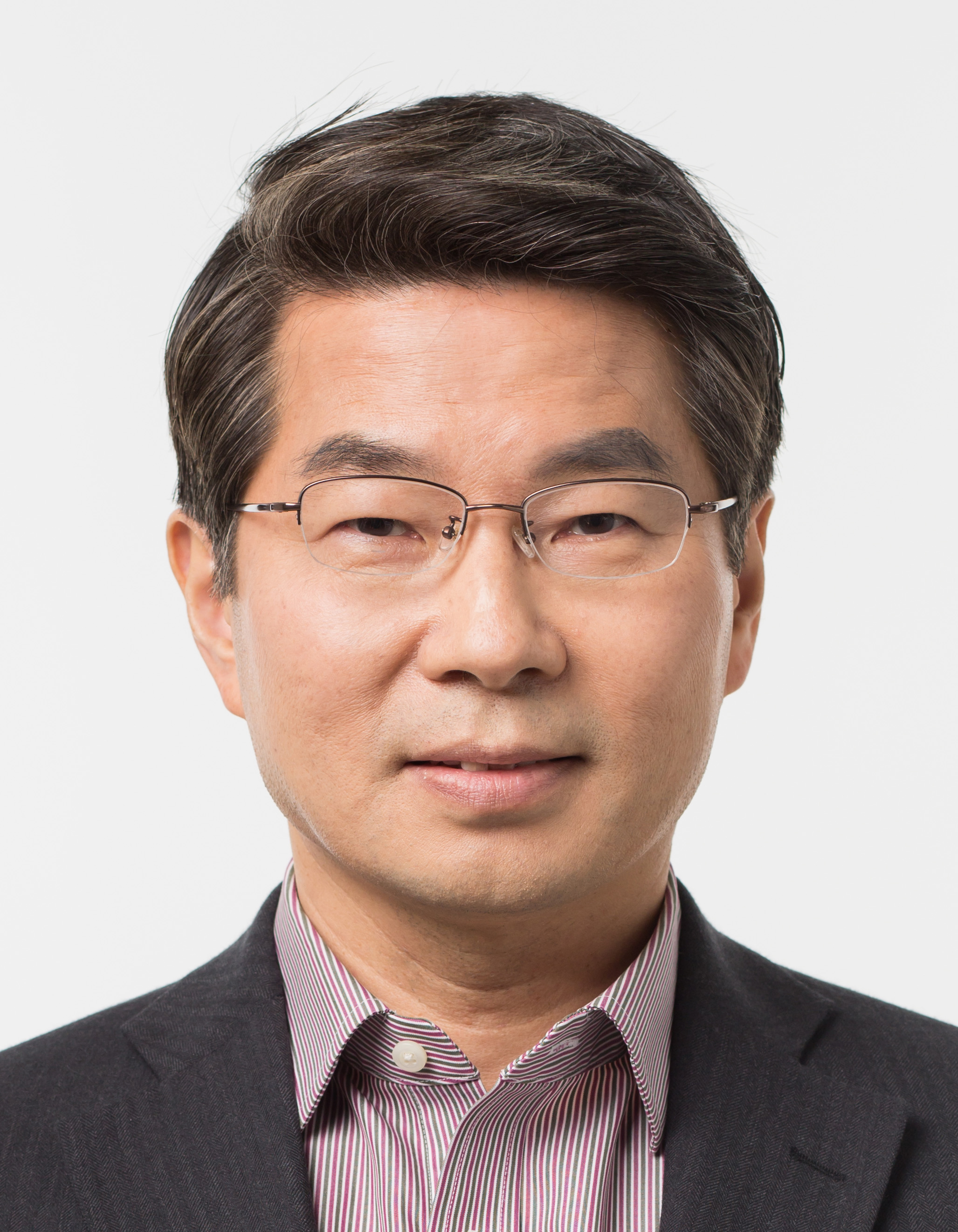
Biography
Seong G. Kong is currently a professor in the Department of Computer Engineering and Chief Director of the Enterprise Support Foundation at Sejong University, Seoul, Korea. He also has an appointment of invited professorship with School of Automation of Northwestern Polytechnical University in Xi’An, China. He received the B.S. and the M.S. degrees from Seoul National University, and the Ph.D. degree from University of Southern California, all in Electrical Engineering. In 1992, he joined Soongsil University, where he served as an assistant/associate professor and chair of the Electrical Engineering Department. Dr. Kong was with School of Electrical and Computer Engineering at Purdue University, West Lafayette, Indiana as a visiting professor. In 2002, he joined Electrical and Computer Engineering Department at the University of Tennessee, as an associate professor. In 2007, he joined Temple University in Philadelphia, Pennsylvania, where he served as a faculty member and director of graduate program of Electrical and Computer Engineering Department. From 2006 to 2009, he worked for Naval Research Laboratory, Washington, DC as summer faculty research fellow funded by Office of Naval Research. He received several awards including the Most Cited Paper Award for Computer Vision and Image Understanding in 2007 and 2008 and Honorable Mention Paper Award from American Society of Agricultural and Biological Engineers in 2004. Dr. Kong served as an Associate Editor of IEEE Transactions on Neural Networks, Editor-in-Chief of International Journal of Fuzzy Logic and Intelligent Systems, and Guest Editor of Journal of Sensors. He is a Senior Member of IEEE and vice president of Korea Fuzzy and Intelligent Systems Society.
Reality 2.0 and Wisdom Computing – Our Vision Toward the Future
Dr. Kazuo Iwano
Japan Science & Technology Agency, Japan
This talk discusses our new visions what we call Reality 2.0 and Wisdom Computing. We have had the following view of physical and cyber worlds so far. That is, our reality locates in our physical existence, while the cyber world helps this physical reality to achieve our objectives. Let’s call this version of reality “Reality 1.0.” We, here, introduce a new way of thinking of reality in order to capture the changes happening in business, society, and relationships among entities caused by the ever increasing advancement of information technology. We call this new reality “Reality 2.0.” We believe that the substance in our coming world can be well represented only by the inseparable fusion of physical existence and cyber existence, neither by physical one nor only by cyber one. Inseparable fusion of cyber and physical things can create new services and provide a new delivery method of used-to-be physical functions in society. This new concept of Reality 2.0 leads us to a new concept of identity for individual, community, enterprise, service, and society. We discuss how we can design new services and a new service platform based on this Reality 2.0. With this new service platform, various societal functions can be realized as modules and can be called up. This enables us to form various ecosystems based on societal and business requirements such as a manufacturing supply chain and startups support ecosystem.
Finally, we discuss another vision called “Wisdom Computing.” With the ever-increasing progress of technology, we fundamentally have to face problems of what values we realize in society, how we can be wiser, how we can be led to wiser decisions via interaction with cyber world, and how our society can be wiser. In order to attack these problems, we initiated Wisdom Computing program a few years ago in Japan. We will introduce the current status and lessons learned from our initiative so far. We also discuss a shape of future service system involving machines, things, humans, and cyber mediators.
We believe that the above concepts of Reality 2.0 and Wisdom Computing give us a chance to consider our responsibility in the future.
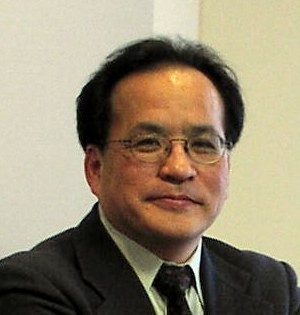
Biography
Dr. Kazuo Iwano has been working for Information Technology policy making as a principal fellow at Center for Research and Development Strategy in Japan Science and Technology Agency since October 2012. He also has been an advisor of business service group of Mitsubishi Corporation since 2012. Before joining Mitsubishi Corporation in March 2012, he had been in IBM and engaged in various roles such as Director of Tokyo Research Laboratory, IBM Research, Director of Autonomic Computing, IBM Research, VP of Emerging Businesses, VP of Smarter cities in Japan. After graduating Tokyo University in Japan with Mathematics major, he joined IBM Japan in 1975. He acquired Ph. D. in Computer Science from Princeton University in 1987.
His research interest includes combinatorial optimization, cloud computing, and Cyber Physical Systems. He is a member of IEEE, ACM, and SIAM, a fellow of Information Processing Society of Japan since 2003, and an associated member of Science Council of Japan since 2004. He has been a visiting professor of Tokyo Institute of Technology since 2010.
Cloud Based Intelligent Robotics
Prof. Peter Sinčák
Technical University of Kosice, Slovakia
The talk consists of two parts. In the first part, a brief review of artificial intelligece, including history, the state of the art and visions of this scientific discipline will be presented. The major challenges of artificial intelligence will also be articulated. The special focus will be given to “learning” from different sources including learning from data, learning from experience, and learning from virtualization concept using simulators or virtual reality tools. Also classification problems and knowledge acquisition and knowledge incrementally including crowdsourcing will be addressed. In this part, artificial intelligence tools for emotional state classification will also be discussed as an important part of application of artificial intelligence and psychology in humanoid robotics.
The second part of the talk will be focused on synergy among artificial intelligence, Cloud computing and robotics. The special focus will be given to intelligent robotic learning based on teleoperation and gradual learning towards mission based autonomy. The original concept of prof. Inaba (The University of Tokyo, 2000) considering remote brain of robots is nowadays fully supported by Cloud computing technology and some partial results will be presented toward Cloud based tele-operation with ability to learn. The essential goal is to present a challenge to build a worldwide platform for humanoid robots to be connected and use abilities of “collective learning” which is commonly used in the most advance real world application including autonomous car (Tesla). Cloud based Human Robot Environment Interaction concept will be presented. The talk beside results will also present personal opinions about the basic major challenges in intelligent robotics for coming years including necessity of merging different communities with aim to be more effective in the global goal to provide humanoid robots as subordinated companions for people to improve humans’ quality of life on the planet.

Biography
Peter Sinčák is a Professor in the branch of artificial intelligence at Technical University of Kosice, Slovakia, European Union. He is an acting Head of Department of Cyberentics and Artificial Intelligence and professor at Center for Intelligent Technologies. He is also a Program director for the branch of Artificial Intelligence and Intelligent Systems at Technical University of Kosice, Slovakia. He is lecturing AI basic course, AI advance course and he is a head of State exam committee for AI in all degrees. He is a IEEE member and Slovak AI Society member. He is a Vice-President of Slovak AI Society. He has a number of contacts in Slovak Industrial and Banking domains. In 2009-2012, he was an executive director of Kosice IT Valley group which consist of 20 IT companies in the regions. His efforts go towards boosting application potential of AI in industry and everyday life. He is a member of a number of EU related projects including Technological Research Park at TU Kosice. His main interest is an integration of Cloud computing, artificial/computational Intelligence and robotics. He had a number of invited talks in Japan, Korea, EU and USA. He is a Co-chair of RITA conferences devoted to Robot Intelligence and Theory and Applications led by Prof. Johwam Kim from KAIST. He is a founder of Center of Intelligent technologies from 1995 at Technical University of Kosice, Slovakia. He was on short sabbatical in China and Japan visiting a number of research units at Universites and selected companies during July 2014. He established a number of collaborations with universities in Japan mainly Waseda, Tokyo institute of Technology and Kyutech University.



